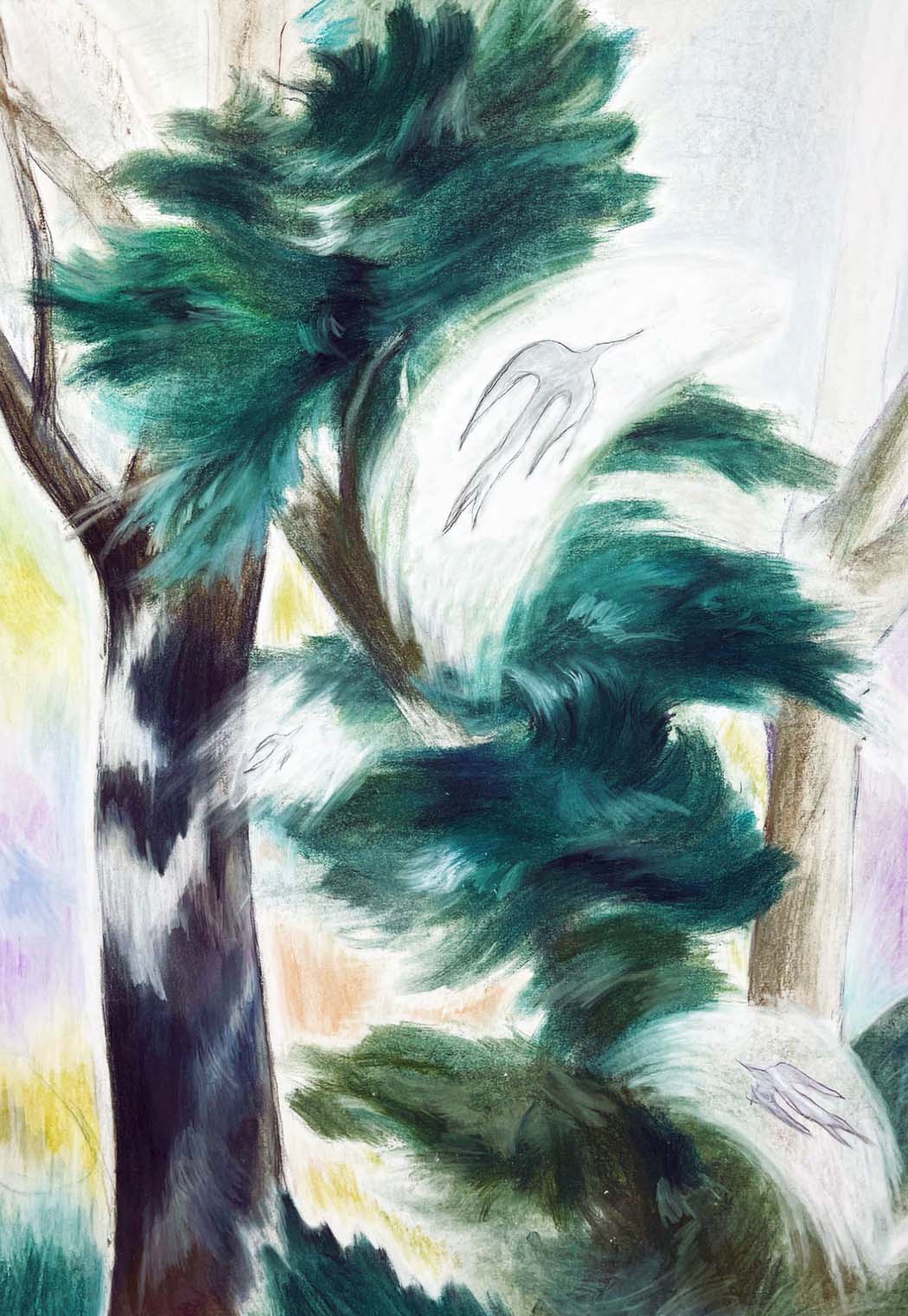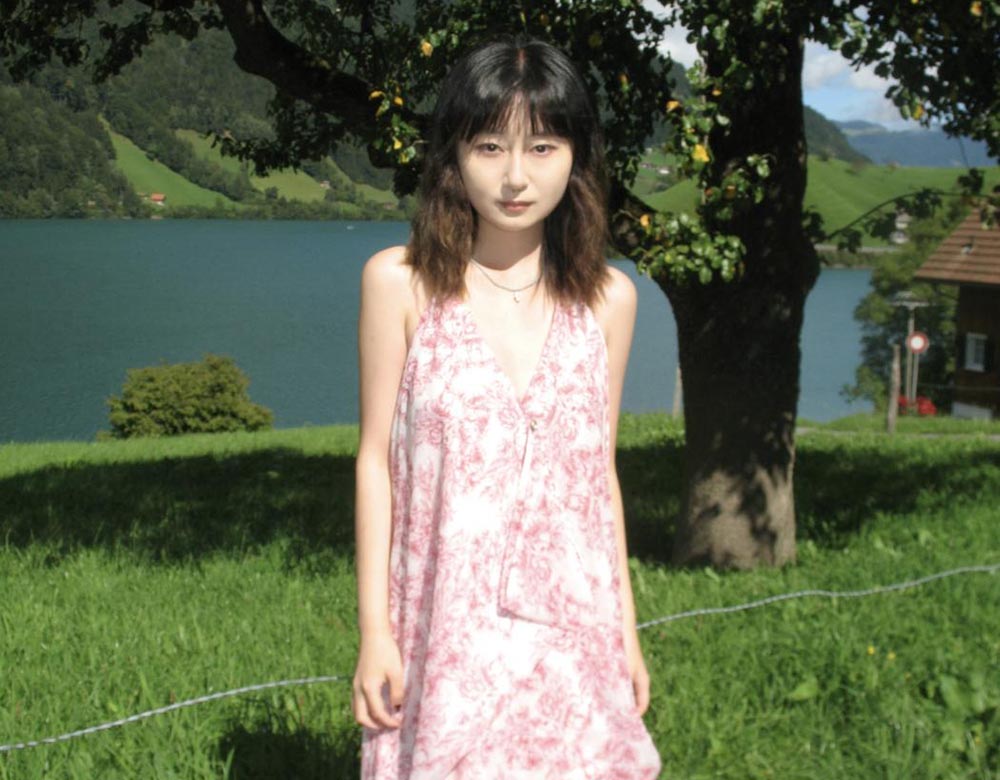Zhong Sun
Where do you live: Shanghai / London
Your education: Royal College of Art — MA Print (2025); East China Normal University — BFA Visual Communication (2024)
Describe your art in three words: relational, liminal, sympoietic
Your discipline: Visual Art
How has living between Shanghai and London influenced your visual language and the way you perceive your surroundings?
As an artist that practices autoethnographic techniques, I draw some influence from the discipline of anthropology. It is often said that the principal aim of anthropology, and it’s cornerstone methodology, is to make the familiar strange and the strange familiar – and this is speaks precisely to my experience of living between London and Shanghai. In Shanghai, where I have spent most of my life, my work revolved around the uncanny – of finding the strange in the otherwise familiar. Conversely, in London I found myself and my work oriented towards the inverse – finding the safety amongst the strange.
Why did you choose soft pastels and colored pencils as your primary mediums? What possibilities do they give you that other materials do not?
In fact, my creative media are very diverse. Sometimes I make large-scale drawings using pastel and coloured pencils, and at other times I create very delicate small copperplate prints and other printed works. I think what distinguishes drawing with pastel and coloured pencils from other media is that I don’t need to predetermine the final outcome of the work in advance. I can adjust it at any moment, quickly and intuitively, and the overall result tends to appear much more flexibility.
 Zhong Sun | Trees | 2025
Zhong Sun | Trees | 2025
Your works feel spontaneous yet layered. How much of your process is intuitive, and how much is pre-planned?
In working on this series, only the overall direction is pre-planned, while the process of drawing itself follows intuition entirely.
What initially inspired the creation of this three-part series “Trees, birds, dreams”?
It was inspired by my observations of the shadows of trees, birds, and the surrounding landscape while living in a historic building in the Hengfu District. The first work, trees, depicts the swaying tree shadows outside my window, shifting in the wind and in the mottled sunlight. The old, scratch-covered glass made the shadows appear like birds in motion. The second work, birds, develops from the first: in a dream, as I was speaking with a friend, I found the words I uttered turning into birds and drifting out of my mouth along with tree shadows. The third work, dreams, captures the end of that dream, when I felt myself merging with the tree shadows and becoming part of the entire garden.
 Zhong Sun | Dreams | 2025
Zhong Sun | Dreams | 2025
Within the series, each piece moves further from observation toward the subconscious. How do you navigate this shifting balance between external reality and inner worlds?
I believe that the shift from observation to the subconscious is not an abrupt leap, but rather a gradually unfolding process. I stay connected to the external world through observation at first, but as the work progresses, these external images naturally begin to carry traces of emotion and the residues of the body. The visible world provides an entry point, while the subconscious reveals itself through the surface of the drawing.
Your work often blurs the distinction between interior and exterior realities. Do you see this as a reflection of contemporary urban life, or as something more universal?
I have always been interested in the concept of the surreal, as well as the idea of sym-poiesis between humans and nonhumans. I believe that the s exterior realities has long been permeating our perception, just as our emotions and thoughts are continuously projected onto the surrounding environment. This blurring is a reflection of contemporary urban life indeed, but I also see it as a universal condition. We live in a world where humans, nonhumans, technology, and nature coexist – air, light, architecture, and plants all reshape our psychological structures. I wouldn’t consider dreams, language, or nature as separate domains; they intersect within the same field of perception.
 Zhong Sun | Birds | 2025
Zhong Sun | Birds | 2025
Many viewers describe your drawings as synesthetic. Do you personally experience perception in a cross-sensory way, or is synesthesia more of a conceptual tool for you?
In this series, the way language dissipates from the mouth/body, and the way each thought takes on a specific visual form, are experiences I encounter frequently. But beyond that, I feel that what I am drawing on is not synaesthesia in the strict sense, but rather a kind of synaesthetic association.


Leave a Reply